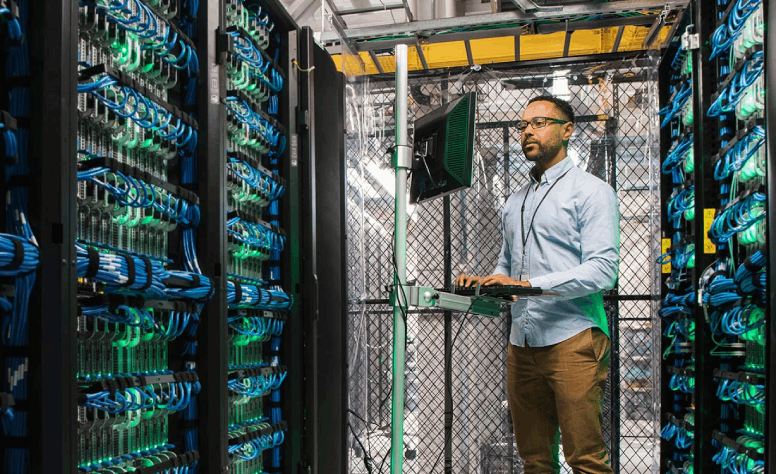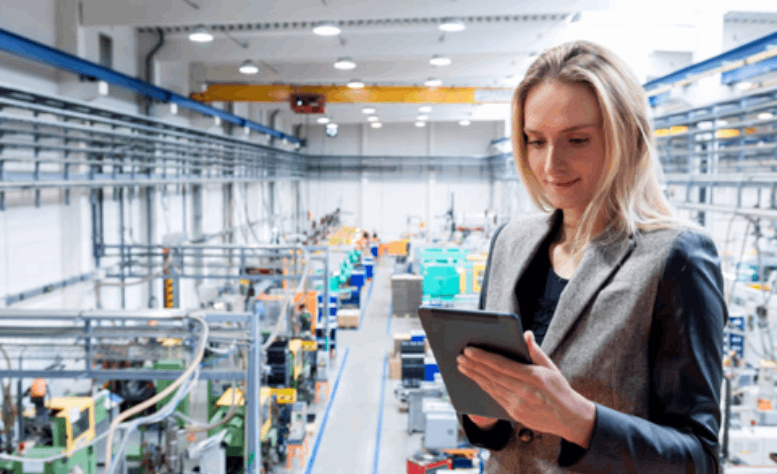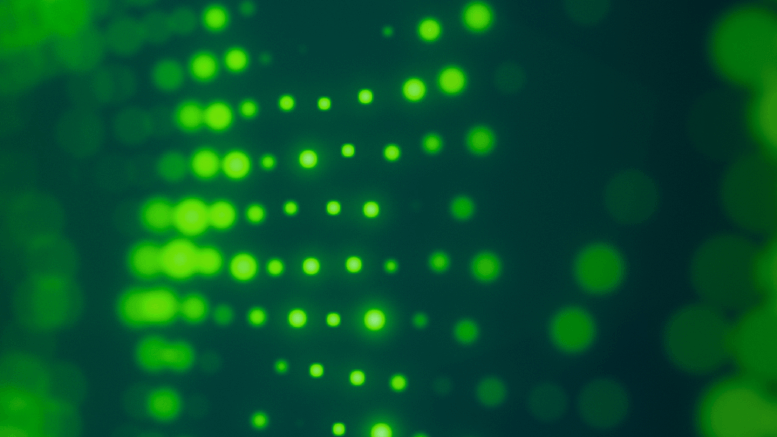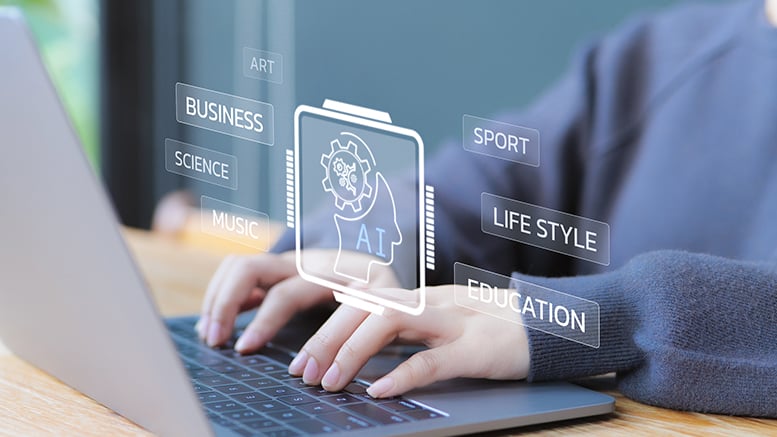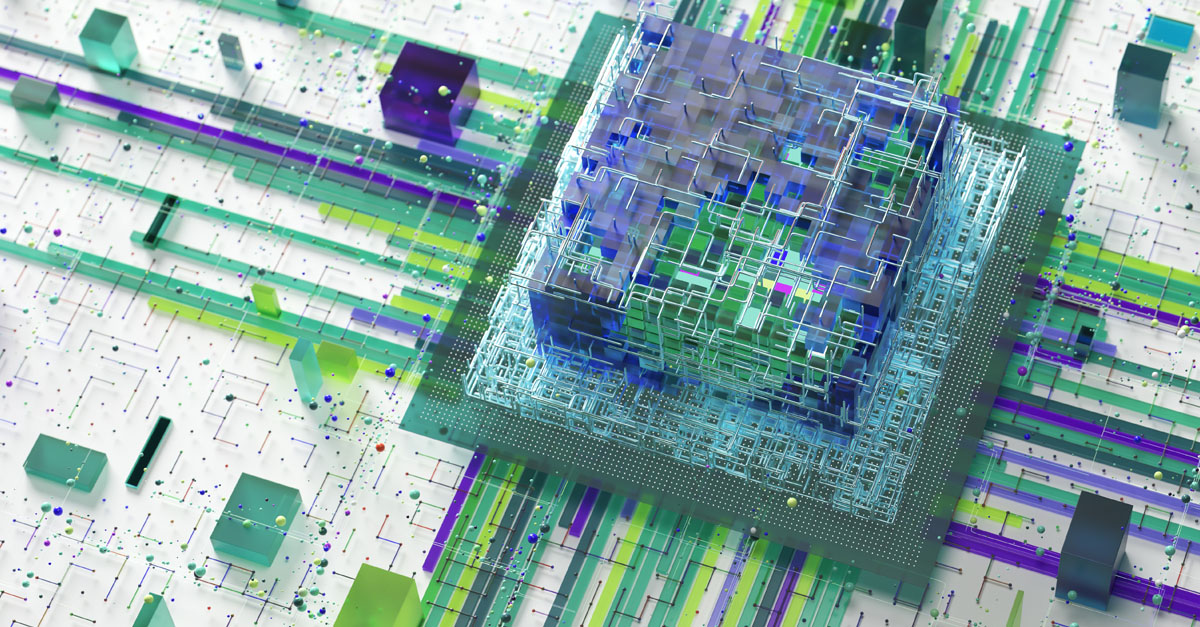
Put AI to work for your business
AI that drives human innovation
Shape your AI advantage
Move from AI ambition to impact with strategic guidance that fits your goals. Our comprehensive services span AI consulting, solution design and development, scalable architecture, and change management — all aimed at delivering tangible outcomes. We analyze your business needs and design solutions that create measurable value while preparing your organization for lasting success.
Turn data into your AI advantage
Power your AI innovations with data you can trust. As your data steward, we modernize your data landscape, strengthen governance, and extract actionable insights. From enterprise data lakes to cloud analytics, we help you transform raw information into strategic intelligence that drives smarter decisions and measurable outcomes. Our proven frameworks and expertise ensure your data fuels AI success while maintaining security and compliance.
Fast-track your AI success with agile solutions
Optimize across your technology ecosystem with Unisys Cloud and AI solutions. Our offerings span AI infrastructure and secure cloud foundation to AIOps automation and intelligent customer experiences. We help you implement AI that streamlines operations, enhances system performance, and creates measurable business results.
AI that works for your workforce
Elevate your digital workplace with AI that anticipates needs and removes barriers. Our Service Experience Accelerator combines generative AI, automated workflows, and intelligent self-service to create a seamless technology experience.
From omnichannel IT support in any language to proactive issue resolution, we help your teams stay productive and focused on what matters most. All backed by zero-trust security and quality assurance that keeps your workplace running smoothly.
AI solutions tailored to your industry
Elevate your business by harnessing Unisys' AI industry expertise and innovation.
- Transform complex data into strategic operational insights with Unisys Logistics Optimization.
- Transform decision-making with Unisys Smart Rule. Leverage hyperautomation to streamline complex legislative processes, ensuring speed, accuracy, and transparency.
AI-powered control for complex environments
Take command of your IT operations with intelligent automation that learns and adapts. Our AIOps solutions unify monitoring across multi-cloud environments, predict potential issues, and take automated action—reducing outages, optimizing costs, and improving data center management.
Custom AI technology that fits your business
Make every IT interaction count. Service Experience Accelerator combines generative AI, real-time insights, and intelligent automation to elevate your service management. Deploy this flexible framework within your secure environment to create customized solutions that boost team productivity and drive better outcomes.
Intelligence Accelerator powers Unisys’ Cloud AI solutions to help organizations efficiently configure, prepare, train, and run AI-driven systems on their data in a secure and responsible manner. By utilizing Generative AI models of your choice, it provides business outcomes with unmatched flexibility and innovation.

2024 AI Business Impact Research
Strategic AI adoption drives competitive advantage. Our new global research reveals what successful organizations do differently.
Analyst recognition

Working with Unisys, the Division for Digitalization and e-government in the Austrian Ministry of Finance, has completed a successful project that demonstrated how ethical, transparent AI could be used to hyperautomate business processes for public administrations.
Related assets

Responsible AI statement
At Unisys, we are committed to developing and implementing AI technology to better serve all our stakeholders. We focus on continuously enhancing our products and services while increasing efficiency across operations. Our AI initiatives streamline internal processes and enhance customer service. Through smart implementation, we optimize institutional knowledge and work product, allocate personnel to their most effective roles, and minimize human bias in corporate decision-making.




















